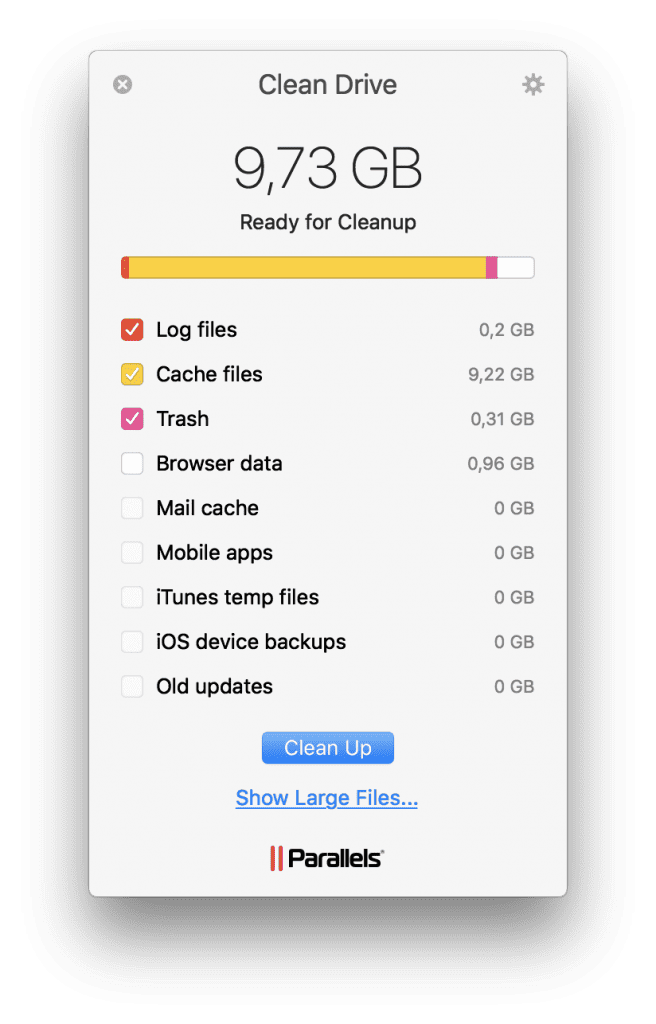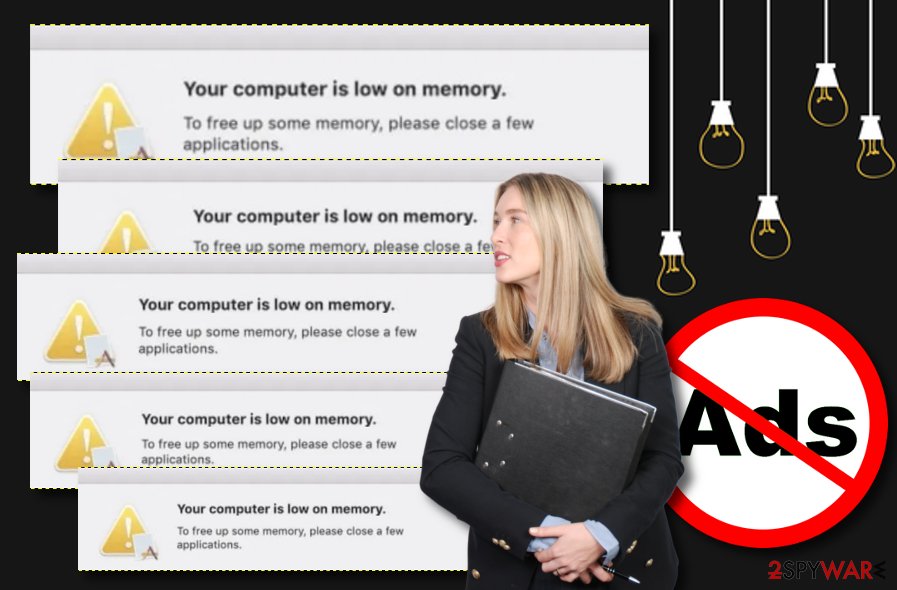At a glance
Cons
To free up memory, simply click on the info in your menu bar to display FreeMemory’s menu. Then scroll down to the “Free Memory” option; it’s the first item on the menu. From there you’ll have to play the waiting game. You’ll see “freeing memory” in the menu bar in place of the amount of free memory you once had. It targets to speed up your Mac by releasing memory. It presents both Free and Used memory information. Once clicking the Clean button at the bottom center part of the window, you will get more available memory to start your applications faster. However, you are not recommended to release it. Mac PCs are built in a way they treat each one of those icons on your desktop as little active windows. The memory usage by these icons can rapidly add up, leaving your computer with very little RAM to assign apps that are actually active. Placing your icons in little folders can improve your RAM memory usage and speed up your system. If you have been busy using your computer opening up lots of programs, big files like photographs or videos, or just been using your computer a lot you may w. It targets to speed up your Mac by releasing memory. It presents both Free and Used memory information. Once clicking the Clean button at the bottom center part of the window, you will get more available memory to start your applications faster. However, you are not recommended to release it frequently.


Our Verdict
Editor’s note: The following review is part of Macworld’s GemFest 2013. Every day (except Sunday) from mid-July until late September, the Macworld staff will use the Mac Gems blog to briefly cover a standout free or low-cost program. Learn more about GemFest in this Macworld podcast. You can view a list of this year’s apps, updated daily, on our handy GemFest page, and you can visit the Mac Gems homepage for past Mac Gems reviews.
Conventional wisdom says you can never have enough RAM in your Mac. But how about making the most of the RAM you do have? This is the entire premise of Memory Clean 2.8 (Mac App Store link), Fiplabs’ free memory utility designed to purge inactive memory to help free it up for later use.
If your work involves software like Final Cut Pro, Photoshop, Premiere, CAD programs and other high-end memory-intensive applications, you’ll appreciate reclaiming several hundred megabytes of RAM or more at a go.
Memory Clean runs in the background after you launch it, and a convenient menu bar interface shows how much RAM is available at any given time. Clicking on the menu bar opens the application and allows the memory to be purged on a whim. Right-click or control-click the menu bar interface or press Command-, to pull up a Preferences menu and configure settings as display options, application visibility in OS X, and when to automatically clean out the memory if RAM drops below a specified threshold level.
During testing, Memory Clean held its own, freeing up over 700MB of RAM after using applications such as Microsoft Word, iMovie, Left 4 Dead 2, and Adobe Photoshop CS6. To activate a memory purge, open Memory Clean, click Clean Memory and allow your Mac 30 to 60 seconds to free what RAM it can.
Clean Mac Memory
Right-clicking Memory Clean on the menu bar to open its preference settings isn’t an intuitive function and this could stand to be addressed in short order. Still, once you know about the function, the issue becomes moot.
How To Free Up Memory On Apple Mac
Memory Clean is free, simple, effective and it does what it purports to do very well and with little hassle or addition to OS X’s overall system load. It’s nice to get several hundred megabytes of usable RAM back with a few mouse clicks.
How To Free Up Memory On Computer


Want to stay up to date with the latest Gems? You can follow Mac Gems on Twitter or on App.net. You can also subscribe to the Mac Gems RSS feed.

